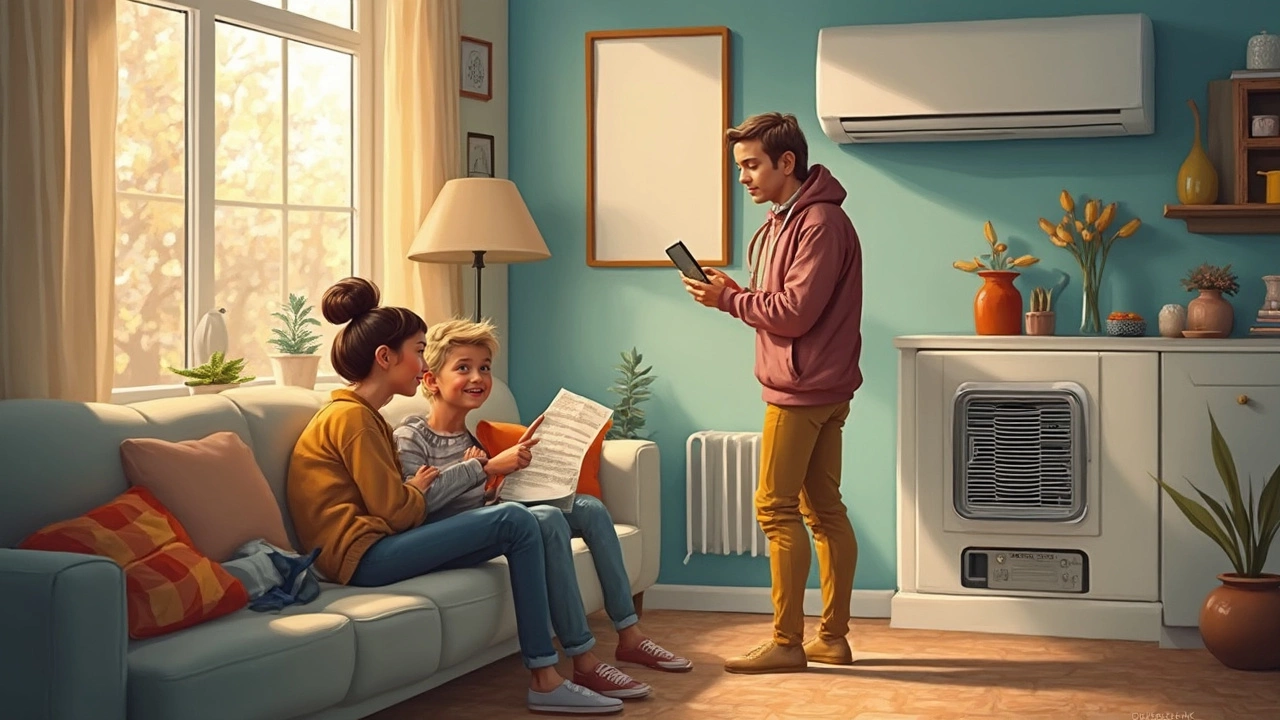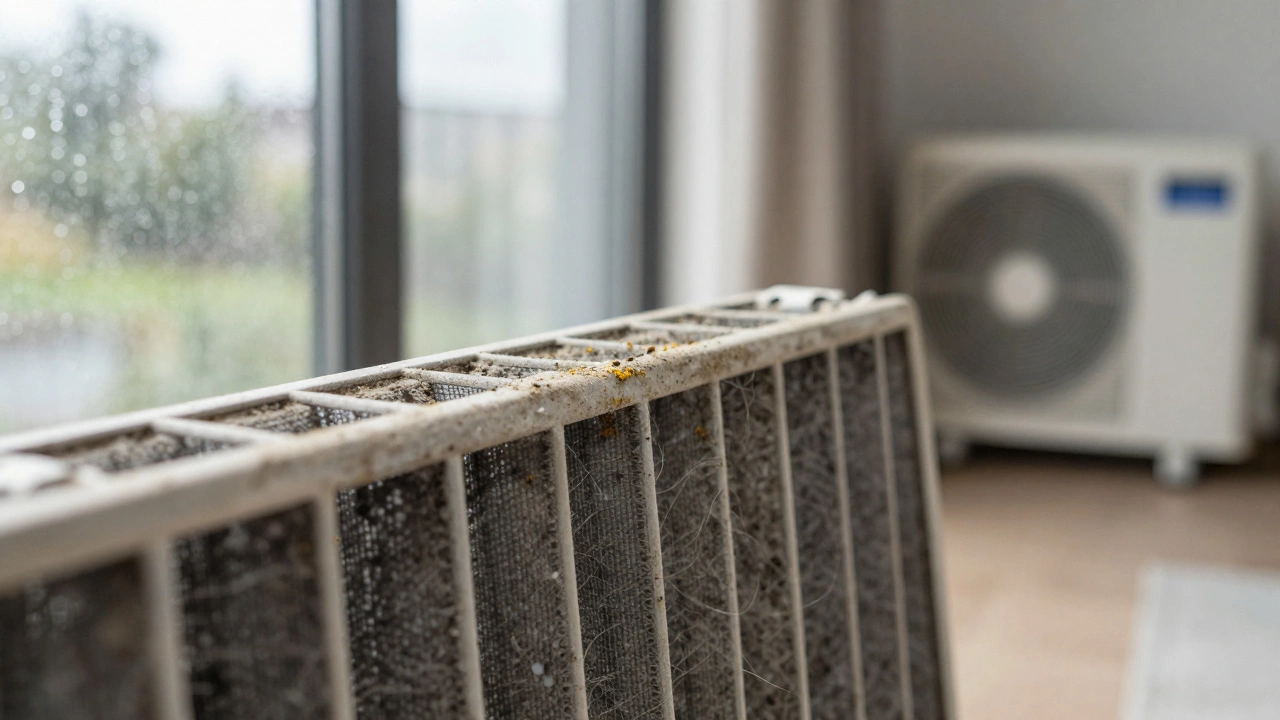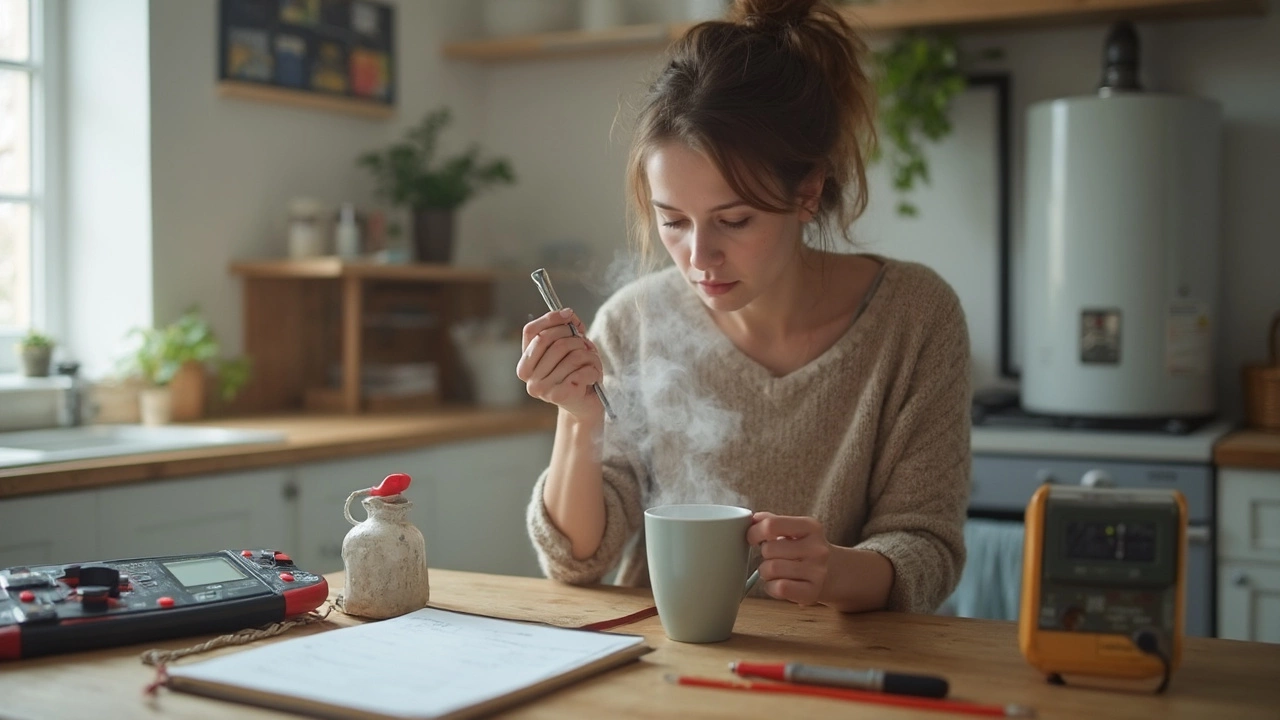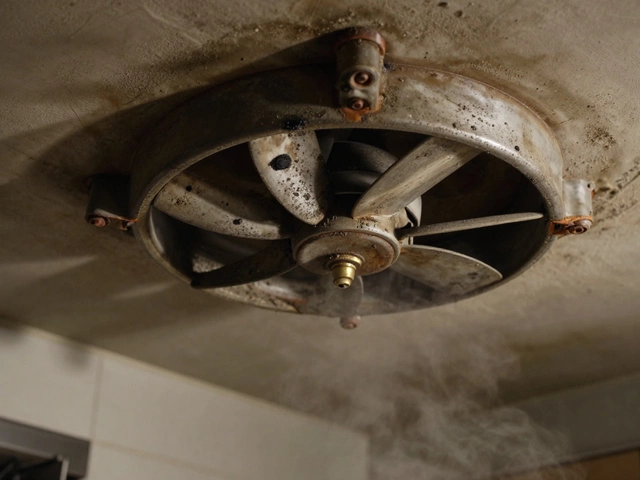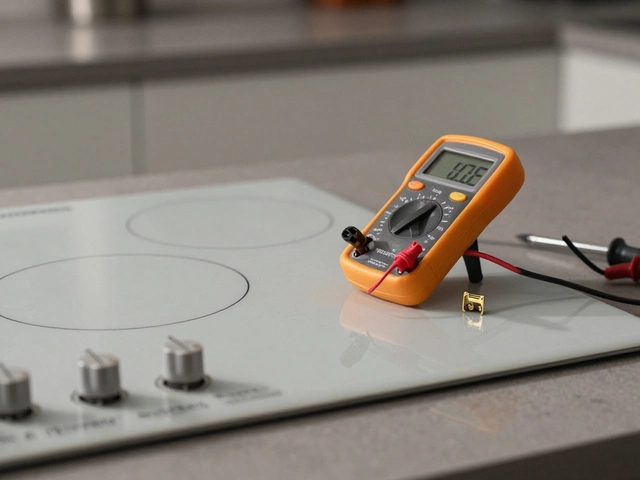Heat pumps can be total lifesavers when it’s freezing or sweltering outside, but the truth is, they don’t always run without issues. If you notice your heat pump just blowing room temperature air or the unit outside is one big chunk of ice, you’re not alone. The most common problem people run into is a heat pump that ices up. Yep, even in the middle of winter, it’s not supposed to look like an arctic sculpture out there.
So what’s going on? Most of the time, that ice means the system can’t draw enough heat from the outside air, usually because of blocked airflow, not enough refrigerant, or a busted defrost cycle. If you see the unit getting icy, don’t wait for a meltdown (literally). These issues get worse the longer you ignore them, and your house gets colder—or hotter—while your energy bill just goes up. Before calling a repair tech, you can check for things like dirty air filters, blocked vents, or leaves packed around the outdoor unit. Sometimes, it’s a super simple fix that keeps your heat pump happy and your wallet intact.
- Why Heat Pumps Get Icy
- Dirty Filters and What They Do
- Don’t Ignore Electrical Glitches
- Never Forget the Thermostat
- Easy Ways to Keep Your Heat Pump Healthy
Why Heat Pumps Get Icy
When it comes to heat pumps, ice popping up on the outdoor unit is the most classic issue you’ll face, especially during cold months. It throws a wrench in your comfort and makes your system work way harder. But why does it even happen?
Heat pumps grab heat from outside—even when it’s chilly. But if the air’s too cold, wet, or the system’s airflow gets blocked, moisture in the air can freeze on those coils. A little frost isn’t a big deal; the real trouble starts when that frost builds into a thick layer of ice. Here’s where things often go south:
- Blocked Airflow: If your outdoor unit’s grill is covered by leaves, snow, or even dirt, fresh air can’t get to the coils. That trapped cold keeps piling on frost.
- Low Refrigerant: Not enough refrigerant means the coils get way colder than they should, and ice shows up fast.
- Failed Defrost Cycle: Heat pumps have a defrost mode—kind of like reversing to melt ice off the outdoor coils every so often. If a sensor or control board goes out, that automatic blast of heat doesn’t happen, and the frost piles up even more.
Here’s a quick look at why ice loves to form, based on real HVAC maintenance data:
| Main Cause | Chance (%)* |
|---|---|
| Blocked airflow | 55% |
| Defrost cycle failure | 30% |
| Low refrigerant | 15% |
*Data based on service calls for heat pump repair in the Midwest, 2024.
What should you do if your heat pump looks like an ice cube? Check for snow, mulch, or any gunk around the outdoor unit. Make sure no shrubs or fences are crowding it either. If it’s still icing up after you’ve cleared the way, it’s probably time to call a professional because low refrigerant or a busted defrost system can’t be fixed DIY-style. Regular cleaning and keeping the area clear are the cheapest ways to dodge icy headaches in the first place.
Dirty Filters and What They Do
Let’s get real: clogged-up filters are one of the biggest reasons heat pumps stop working like they should. If the filter is filthy, air just can’t move through it. What happens next? The system strains, your house feels less comfy, and your wallet feels a whole lot lighter thanks to higher power bills.
The EPA recommends changing HVAC filters every three months—sometimes even more often if you have pets or bad allergies. When you ignore this, your heat pump’s airflow drops. That choked-up air costs you energy and puts the heat pump’s parts at risk for damage. In the worst cases, dirty filters can freeze up your coils, and then you’re dealing with a much bigger repair.
- Less airflow makes your heat pump run longer, wearing it out faster.
- Dirt buildup encourages mold and dust to circulate, which nobody wants in their lungs.
- Sometimes, a clogged filter can cause the system to shut itself off entirely for safety’s sake.
You’re not saving money by skipping filter changes. In fact, the Department of Energy says swapping out a dirty HVAC filter can lower energy use by 5% to 15%—which adds up over a year.
| Issue | Result |
|---|---|
| Clogged Filter | Low airflow, poor comfort, frozen coils |
| Skipped Filter Changes | Higher bills, broken parts, more repairs |
So, what’s the move? Check your filter every month. If it looks gray and dusty, slap in a fresh one. It’s cheap, fast, and keeps your heat pump running smooth without any drama.
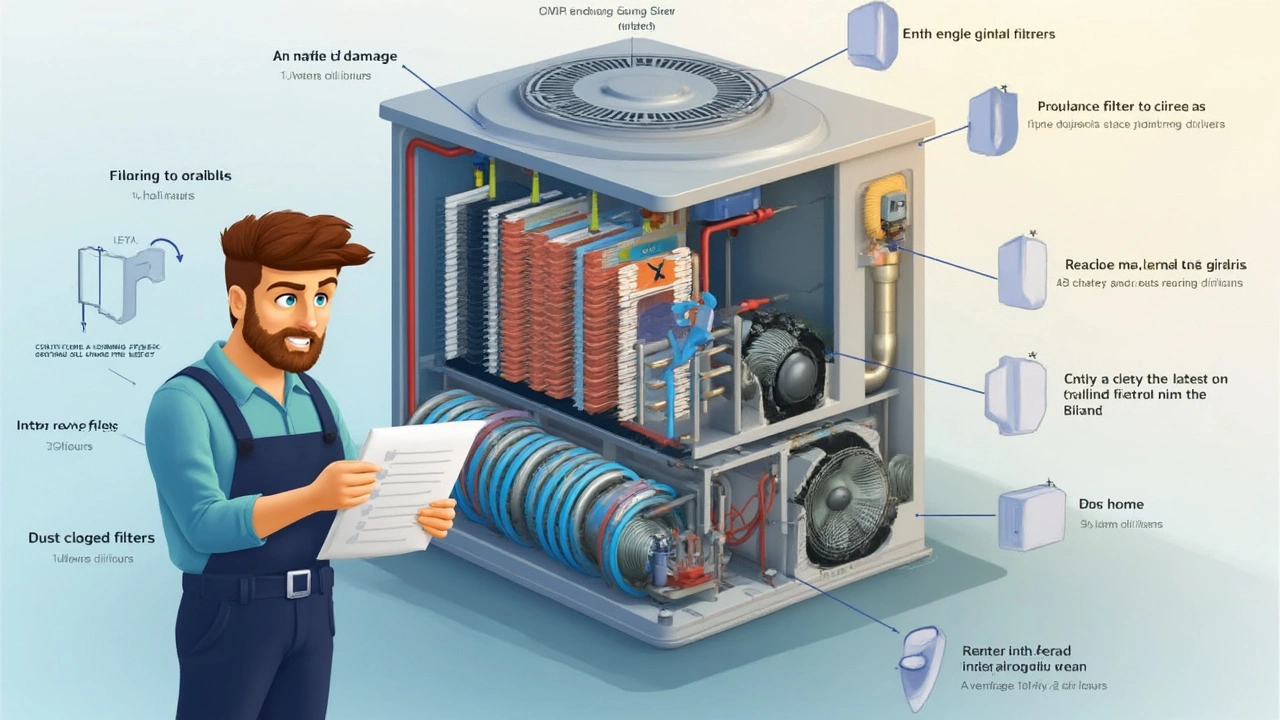
Don’t Ignore Electrical Glitches
If your heat pump isn’t working, don’t be surprised if the issue is electrical. In fact, electrical problems rank near the top for heat pump repair calls. Faulty wires, blown fuses, bad relays, and tripped circuit breakers can bring the whole system to a halt faster than you can say "no heat." According to the U.S. Department of Energy, "Electrical failure is one of the most common reasons heat pumps stop working efficiently or quit altogether."
"About 85% of all HVAC service calls can be traced back to an electrical issue somewhere in the system." — U.S. Department of Energy
Some electrical issues are easy to spot (hello, tripped breaker in the panel), but others hide out and cause trouble slowly. Flickering lights when the heat pump kicks on, weird clicking noises, or the outside unit refusing to start—these all scream electrical trouble. Don’t mess with live wires unless you know exactly what you’re doing. Electrical issues aren’t just annoying—they can be dangerous.
- If the heat pump won’t turn on, check your main electrical panel. Look for a blown fuse or tripped breaker marked “heat pump” or “HVAC.”
- Inspect the unit’s disconnect switch outside (it should be ON).
- If you spot any burnt or melted wires near the unit, stop. Call a pro immediately. Exposed or damaged wiring can cause house fires.
- Listen for relay clicks—if you hear lots of clicking and no start-up, the start relay or capacitor could be shot.
- If the thermostat is blank or keeps resetting, the low-voltage wiring might be loose or damaged.
If you smell burning plastic or see scorch marks, turn everything off and call for a technician. It’s not worth the risk. The best way to dodge these problems? Schedule a yearly inspection just before peak seasons. Professionals test connections, check breakers, and spot trouble before it gets ugly. Staying on top of heat pump repair like this keeps your house safer and cuts down those emergency visits.
Never Forget the Thermostat
It’s wild how often people blame their heat pumps for acting up, when the real troublemaker is that little thermostat sitting quietly on the wall. Seriously, it’s like blaming your car when the keys are just missing. Your thermostat tells the heat pump when to run and what temperature to aim for. If it’s not set right or starts glitching, your whole home comfort plan goes out the window.
Here’s the thing: if the thermostat isn’t reading the room’s temperature correctly or the battery is dying, it might keep your heat pump running too long, not at all, or switching between heating and cooling for no obvious reason. If your house feels off, check for these simple, common thermostat problems before you worry about bigger repairs:
- Batteries low or dead (it happens constantly, especially with older models).
- Wires inside knocked loose—maybe from a wall bump or from kids messing around.
- Settings switched accidentally—someone bumped it to "cool" when you need "heat," or the schedule’s messed up.
- Placed in a weird spot, like near a drafty door or in direct sunlight. That messes up how it senses the real air temp.
There was a 2023 survey by a big North American HVAC service showing nearly 40% of houses with heat pump trouble actually just needed the thermostat reprogrammed or moved. That means you might avoid a costly heat pump repair by double-checking the basics here.
If your thermostat’s got smart features, make sure it’s connected to Wi-Fi and fully updated. Sometimes a simple reboot or software update brings things back to normal. And if you haven’t changed the batteries yet this year, just do it—it’s way cheaper than a service call.

Easy Ways to Keep Your Heat Pump Healthy
Let’s be real—nobody enjoys surprise breakdowns or sky-high energy bills. The good news is, keeping your heat pump running smooth usually comes down to a few easy habits. If you handle these basics, you’ll avoid most annoying problems and repairs.
- Change Air Filters Regularly: This is the number one tip for a reason. Dirty filters kill airflow, which makes your system work harder and can lead to ice build-up. Most folks forget, but swapping filters every one to three months is a game changer.
- Check Around the Outdoor Unit: Grass, leaves, and gunk love to pile up around your pump. Give it at least two feet of space on all sides. If you see debris, clear it out so it can breathe.
- Keep Registers and Vents Open: Don't close vents in empty rooms thinking you’ll save cash. Closing them just messes with air pressure and stresses your HVAC setup.
- Set the Thermostat and Leave It: Cranking the thermostat up or down all the time doesn’t heat or cool your home quicker, but it can waste a lot of energy. Set it to a comfortable temp and let the system handle the rest.
- Schedule Annual Tune-Ups: Even if nothing seems wrong, a pro can find issues you’d miss. During a tune-up, they’ll check refrigerant levels, clean coils, make sure wires are tight, and test the defrost cycle.
One study from 2023 found that homes skipping yearly maintenance spent up to 25% more on heat pump repair. That’s money out the window for something you can prevent with a simple call.
| Tip | How Often |
|---|---|
| Change Air Filter | Every 1-3 months |
| Clear Outdoor Unit Area | Monthly or after storms |
| Professional Tune-Up | Once a year |
It’s easy to forget these steps, but even setting a reminder in your phone or sticking a note on your fridge can save you a headache down the line. Take a few minutes every month for maintenance and you’ll barely ever need serious heat pump repair help.
